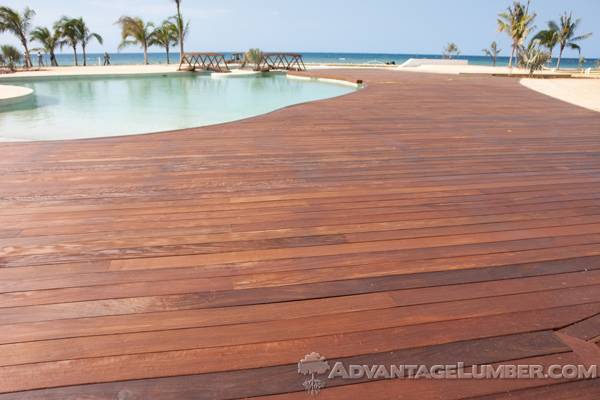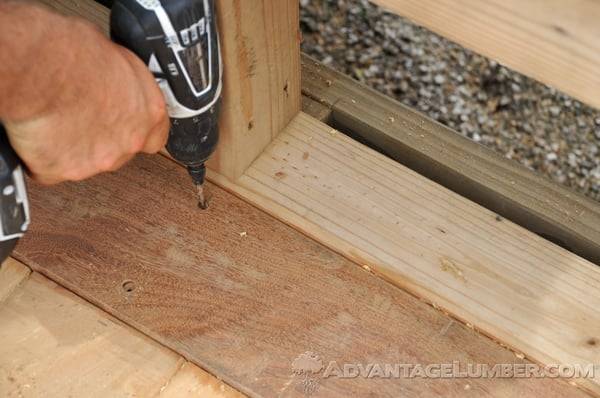
What is Better For Business, Large Deck Projects or Small?
If you want to have a business that flourishes, offering specialized services that your competitors cannot offer is key. So, if you’re a contractor who specializes in deck building, remember there is less competition when bidding on large projects than small ones. If you settle for bidding on smaller projects, not only will you be faced with the challenges of setting yourself apart, you will also have A LOT more headaches. You will have to juggle multiple projects at once, pull permits, generate HOA letters and material takeoffs, order dumpsters and portable toilets for each job. If you are doing fifty small jobs a year, this is a process that seems never ending!

